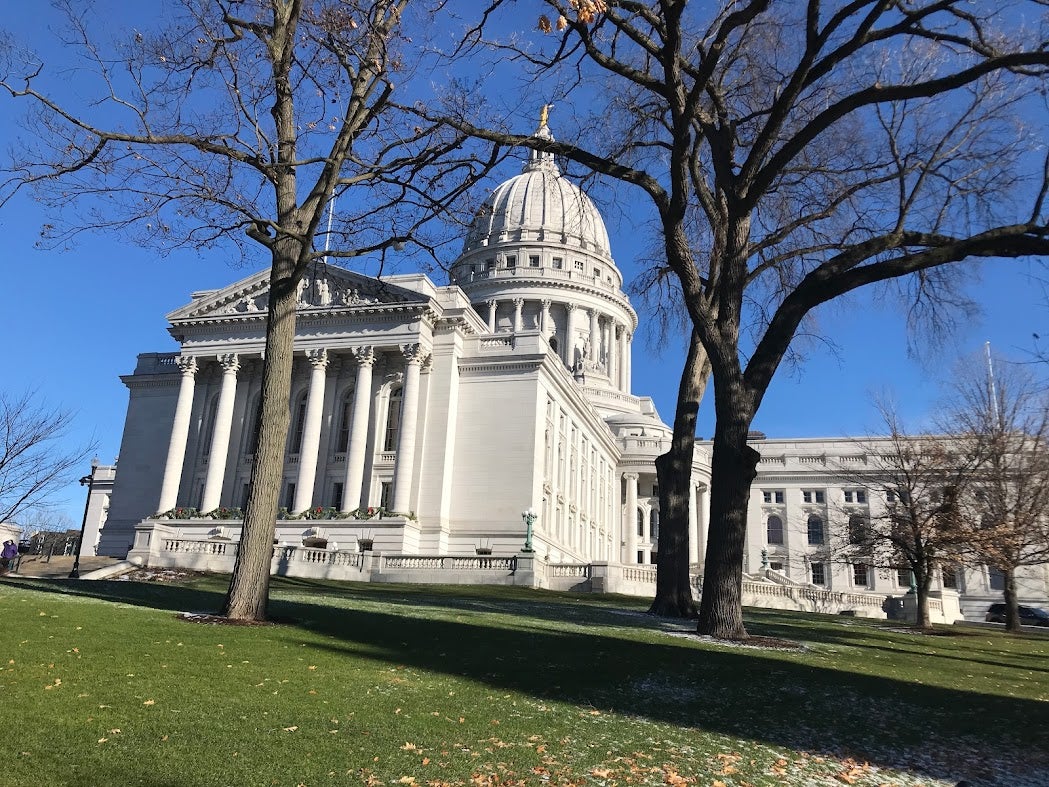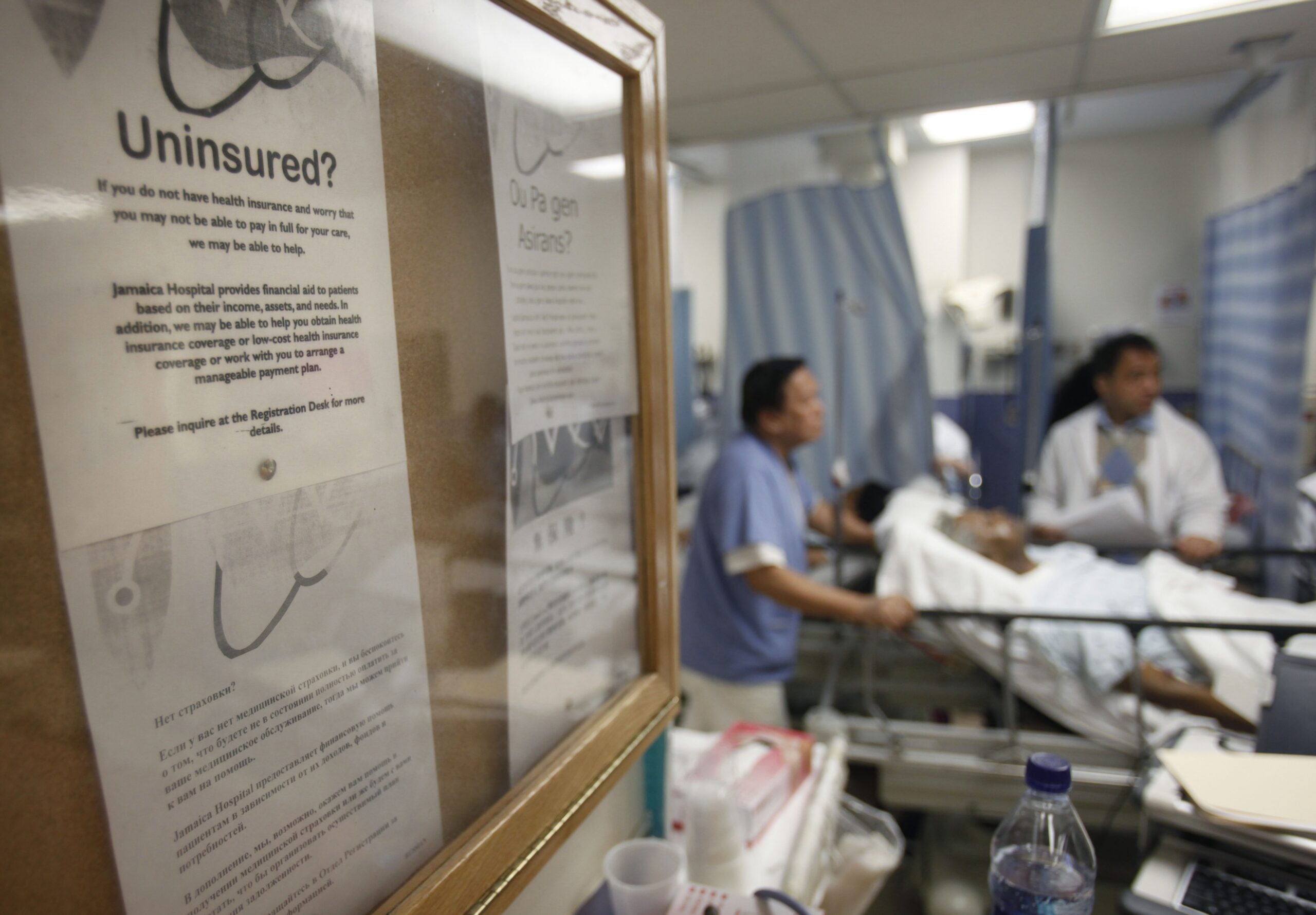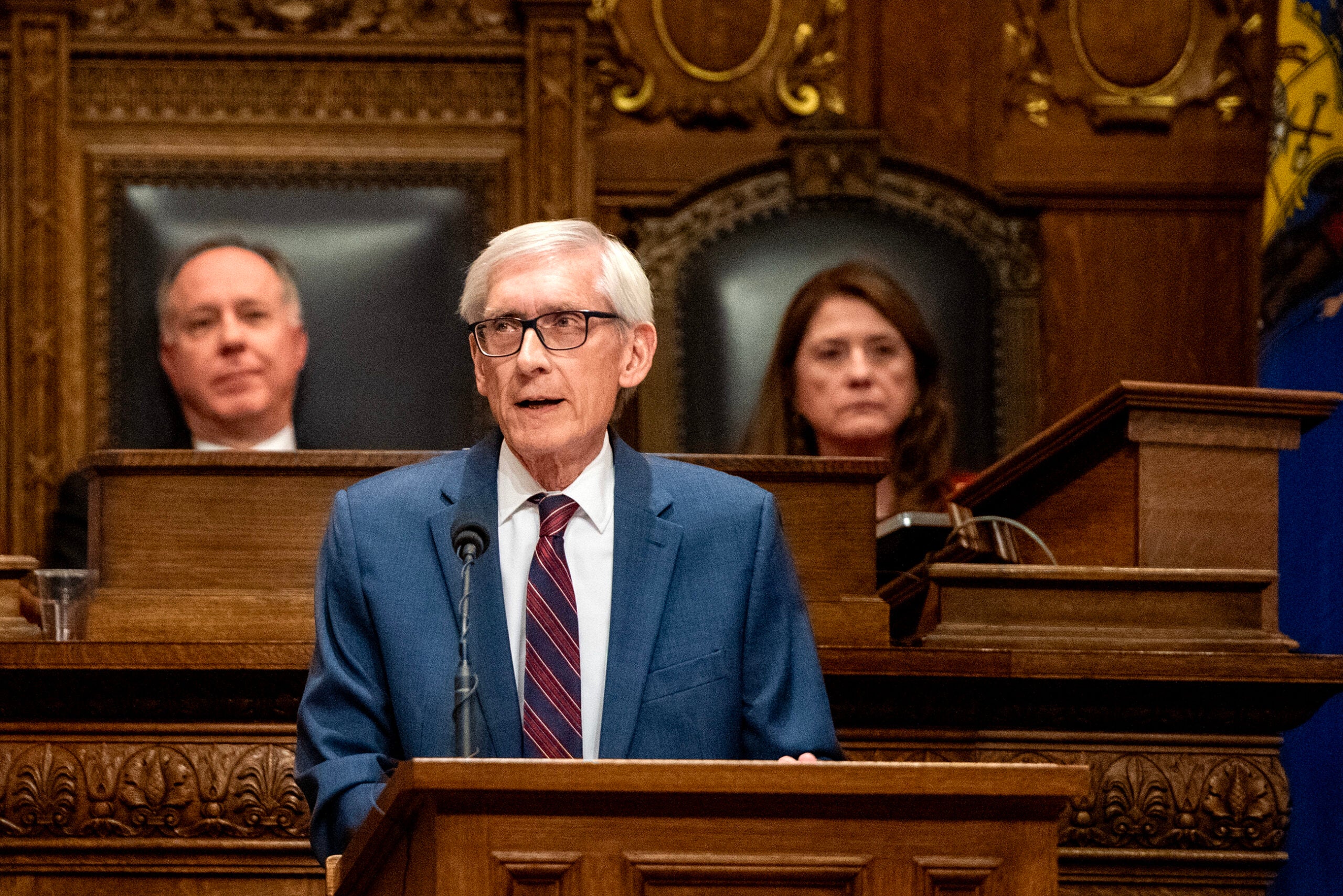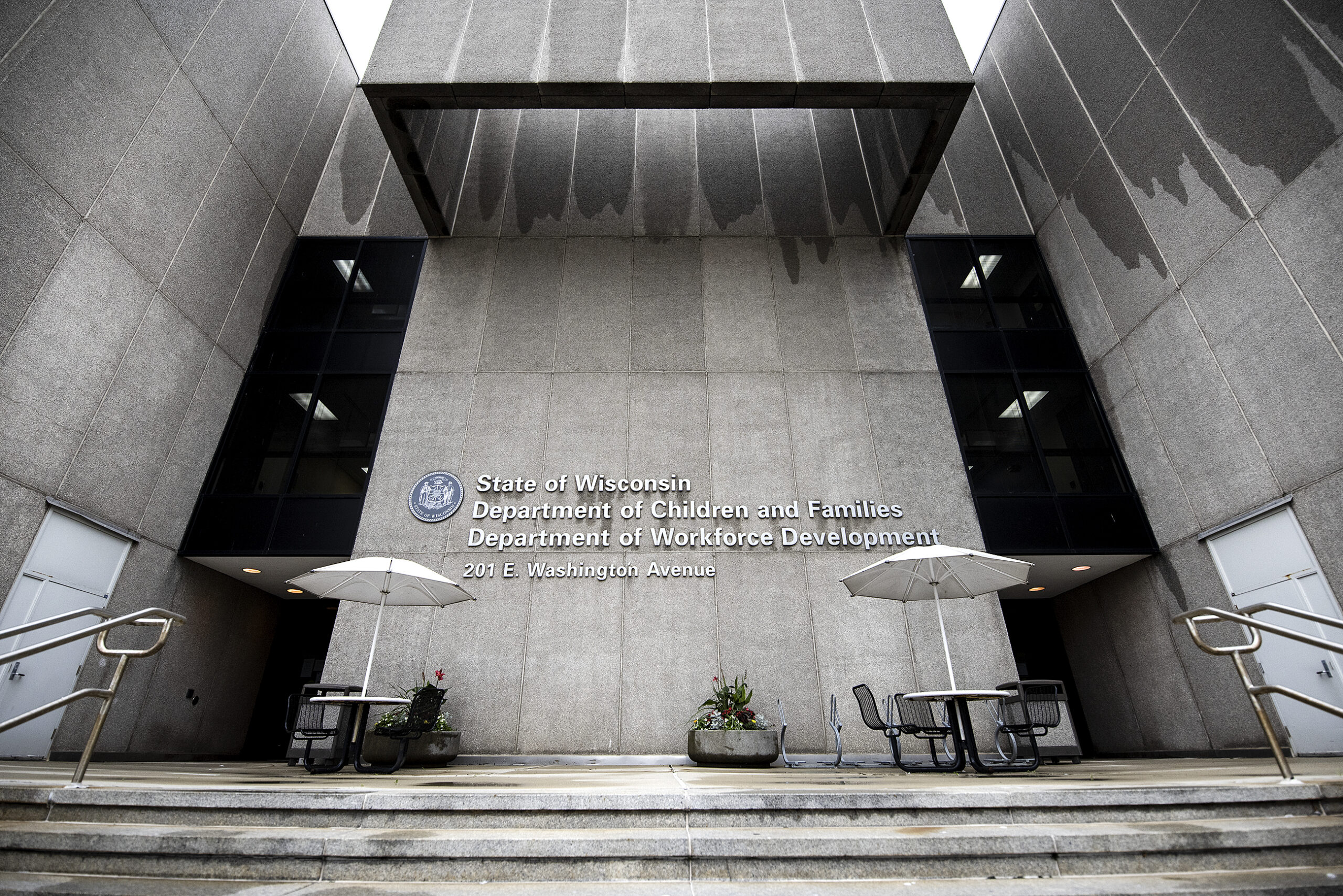The state of Wisconsin’s debt has continued to fall from its height during the Great Recession, and when adjusted for inflation is lower than at any point in at least 25 years. That’s according to a new report from the Wisconsin Policy Forum.
The reduction in debt could allow the state to borrow money to fund infrastructure projects like roads, bridges and buildings. It also helps the state improve its credit rating so it can borrow at lower interest rates.
“That’s a really positive thing for everybody that relies on the state to serve them in one way or another,” said Jason Stein, the forum’s research director.
News with a little more humanity
WPR’s “Wisconsin Today” newsletter keeps you connected to the state you love without feeling overwhelmed. No paywall. No agenda. No corporate filter.
“In an environment where the markets are giving us higher interest rates, that’s an advantage to the state to be able to shade that down a little bit and get some savings for taxpayers,” he continued.
As of December 2023, the state had $11.14 billion in total outstanding debt, according to a state Department of Administration report. That’s down 2.6 percent, or more than $296.3 million, from the prior year before adjusting for inflation.
“On an inflation-adjusted basis, that represents the lowest debt level for the state in at least a quarter-century,” the report states.
The share of the state’s main tax revenue going to debt payments fell below 2.7 percent in both 2021 and 2022, its smallest share since 1984 excluding years when the state skipped making debt payments because of budget challenges. The state has long sought to keep annual debt payments lower than 4 percent.
General Fund Reserves at record high, but likely to fall
The state’s general fund balance reached a record high of $6.7 billion by June 2023. That was an increase of nearly $2 billion, or 42 percent, over the year prior. The current balance equates to $1,133 per Wisconsin resident, according to the report.
“All through the aughts, when I started following the state’s finances, the state would have only enough room in its budget or reserves to cover its operations for like two, three days,” Stein said. “It’s not a good place to be for a household to only have enough money to cover its expenses for the next two and a half days. And it’s not a good place for the state government to be either.”
In contrast to those lean years, as of last summer, the state “was clearly in its best shape in decades,” the report states. Last June, Wisconsin had almost two-and-a-half times more cash and other liquid assets than it had short term bills and other obligations due within 60 days.
The report warns that while the state’s current finances are “notable and encouraging,” this may “turn out to be a high point that will not be repeated in the near future.”
Federal pandemic relief funds that boosted state and local governments will run out this year. Lawmakers and Democratic Gov. Tony Evers also drew on the surplus to cut property and income taxes and increase spending.
By the end of June, the Legislative Fiscal Bureau projects the state’s general fund will spend nearly $3.3 billion more than it takes in from taxes and fees. Future years are projected to have a smaller drop in the fund balance.
“Still, while most observers agree that the state’s surplus grew too large during the pandemic and needed to be reduced, the effect of these decisions will be to weaken the state’s overall fiscal strength,” the report concludes. “As a result, in future years it is unlikely to match its performance on several of the fiscal metrics used in this report, particularly those that measure its short-term financial health.”
Transportation debt, unemployment fund are areas of concern
The share of state transportation fund revenues going to debt payments climbed from 7 percent in 2002 to 18.9 percent in 2019. The state projects that share to fall to 16.2 percent by 2025, due to increases in vehicle registration and other fees, as well as a decrease in new transportation borrowing.
“Going forward, transportation debt will likely remain an ongoing concern for Wisconsin unless lawmakers and Gov. Tony Evers identify additional revenues for the transportation fund, make the general fund transfers permanent, or sharply scale back road projects,” the report says. “None of these options are politically appealing, making this an issue to watch in the next state budget.”
The state’s unemployment fund was just over $2 billion as of June 2019. Pandemic jobless claims wiped out $871.5 million of that by June 2021. The fund regained much of its losses by June 2023, and stood at nearly $1.7 billion.
That’s not enough to qualify for interest-free federal loans to support unemployment benefit payments should the unemployment fund become depleted during an economic downturn. In order to qualify for those loans, the state would have to be able to cover one year of benefits at a rate equal to the average of the three highest claims years within the past two decades.
Under that formula, the state is estimated to be able to pay unemployment benefits for just over seven-and-a-half months. The fund would need to grow by nearly $940 million in order to qualify for interest-free loans.
“You know, 15 years ago in 2009, we would’ve loved for that to be the biggest problem that we had. These are problems that can be fixed,” Stein said. “There just needs to be the political will and the time and effort put in to do it.”
Wisconsin Public Radio, © Copyright 2025, Board of Regents of the University of Wisconsin System and Wisconsin Educational Communications Board.







